2018
Tsanikidis, C.; Vitoropoulou, M.; Karyotis, V.; Papavassiliou, S.
On the Energy-Efficient Coverage of Network Regions with Convex Opaque Obstacles Conference
vol. 2018-September, Institute of Electrical and Electronics Engineers Inc., 2018, ISBN: 9781538660096, (cited By 0; Conference of 29th IEEE Annual International Symposium on Personal, Indoor and Mobile Radio Communications, PIMRC 2018 ; Conference Date: 9 September 2018 Through 12 September 2018; Conference Code:143803).
Abstract | Links | BibTeX | Tags: Analysis and simulation; Area coverages; Coverage problem; Energy-efficient coverages; Minimum coverage; Obstacles; Opaque obstacles; Topology control, Energy efficiency, Energy utilization; Internet of things; Radio communication; Smart city; Topology; Wireless sensor networks
@conference{Tsanikidis2018135,
title = {On the Energy-Efficient Coverage of Network Regions with Convex Opaque Obstacles},
author = {C. Tsanikidis and M. Vitoropoulou and V. Karyotis and S. Papavassiliou},
url = {https://www.scopus.com/inward/record.uri?eid=2-s2.0-85060539317&doi=10.1109%2fPIMRC.2018.8580878&partnerID=40&md5=d3a99b40001d185764422a49efa7cf7e},
doi = {10.1109/PIMRC.2018.8580878},
isbn = {9781538660096},
year = {2018},
date = {2018-01-01},
journal = {IEEE International Symposium on Personal, Indoor and Mobile Radio Communications, PIMRC},
volume = {2018-September},
pages = {135-141},
publisher = {Institute of Electrical and Electronics Engineers Inc.},
abstract = {In this paper we propose a topology control based approach for addressing the coverage problem in a planar region containing convex opaque obstacles. Such environments represent typical cases of realistic wireless sensor networks and Internet-of-Things deployments. Assuming the devices have the capability to modify their sensing ranges, our goal is to maximize the area covered by randomly dispersed sensors, while reducing their sensing energy consumption as much as possible despite the presence of convex obstacles. To address the former, we introduce a relevant framework capitalizing on the notion of the visibility polygon and propose two algorithms, a centralized (and a randomized version thereof) and a distributed one, which aim to maximize the ratio of covered area to consumed energy, while ensuring a minimum coverage percentage. Through analysis and simulation we demonstrate that the proposed schemes achieve energy efficient coverage, outperforming the plain assignment of maximum sensing range across the network. © 2018 IEEE.},
note = {cited By 0; Conference of 29th IEEE Annual International Symposium on Personal, Indoor and Mobile Radio Communications, PIMRC 2018 ; Conference Date: 9 September 2018 Through 12 September 2018; Conference Code:143803},
keywords = {Analysis and simulation; Area coverages; Coverage problem; Energy-efficient coverages; Minimum coverage; Obstacles; Opaque obstacles; Topology control, Energy efficiency, Energy utilization; Internet of things; Radio communication; Smart city; Topology; Wireless sensor networks},
pubstate = {published},
tppubtype = {conference}
}
